Where Human Civilization Exists, There Is Light: The Evolutionary Journey of Illumination
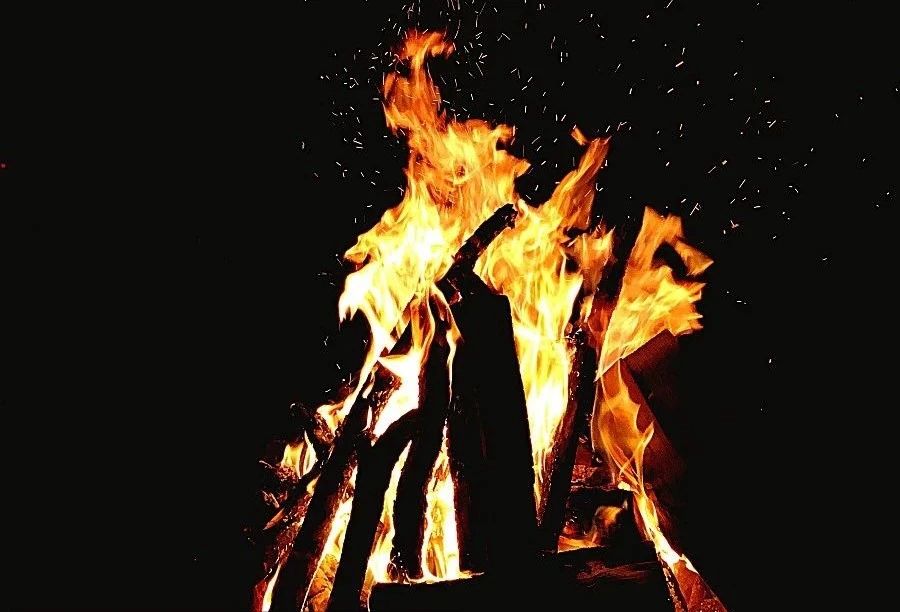
Since mastering fire-making, humanity’s quest for light has evolved from flames and oils to electricity. Lighting tools have undergone countless transformations—from torches, animal oil lamps, vegetable oil lamps, candles, and kerosene lamps to incandescent bulbs, fluorescent lights, and today’s dazzling array of decorative and energy-efficient lighting. The history of illumination is a testament to human progress itself.
The First Illumination—The Sun
Humanity’s earliest light source came from nature. Sunlight not only brought warmth and brightness but also shaped our circadian rhythms, dictating “sunrise for work, sunset for rest.” As electromagnetic waves, sunlight contains the visible spectrum (blended colors forming white light) alongside invisible ultraviolet and infrared rays. While the sun’s energy is inexhaustible, its light vanishes at night, leaving ancient humans with only moonlight, starlight, and the eerie glow of predators’ eyes beyond their caves.

The Second Illumination—Firelight
For millennia, humans relied on fire to dispel the terrors of darkness. Natural wildfires sparked by lightning provided early fire sources, but the true revolution began with the invention of fire-making techniques like drilling wood. To defend against beasts and conquer darkness, humans crafted portable torches by coating tree bark or wood chips with resin or fat. These primitive “thermal radiation sources” marked humanity’s first steps toward mastering light.

The Third Illumination—Oil Lamps
As survival needs were met, humans sought to integrate fire into daily life. By placing combustible oils in containers with wicks, the earliest oil lamps emerged. This innovation extended productive hours by 2-3 hours daily, marking the first revolution in lighting history.
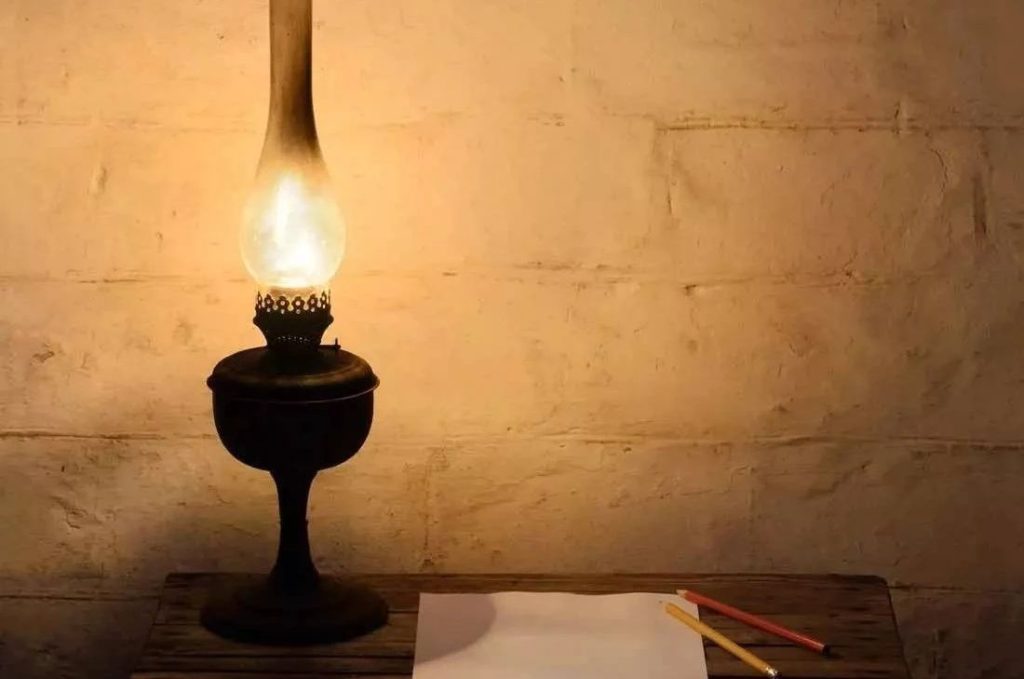
Oil lamps evolved significantly over centuries: fuels shifted from animal fat to vegetable oil and eventually kerosene; wicks progressed from grass to cotton threads; and protective covers transitioned from flammable paper to windproof glass. These advancements allowed safer, more efficient outdoor use, eliminating smoke and uneven burning.
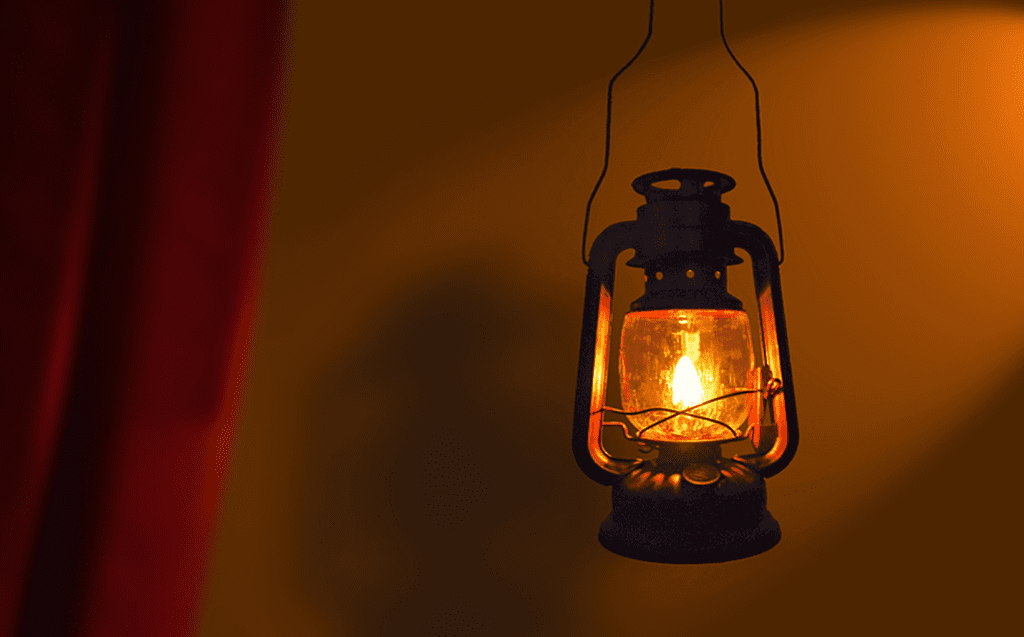
The Fourth Illumination—Gas Lamps
Over a century ago, British innovations introduced gas lamps, a major leap forward. Though initially unsafe for indoor use, they illuminated streets and commercial hubs, paving the way for modern urban lighting.
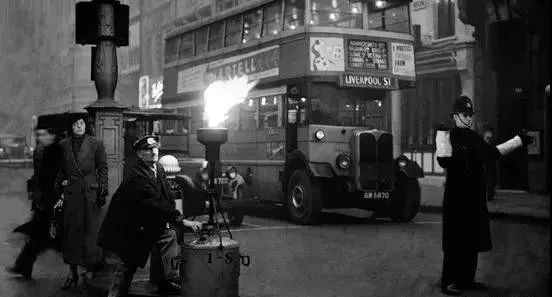
The Fifth Illumination—Electric Lights
The late 19th century saw Thomas Edison’s groundbreaking invention—the practical electric lamp. On October 22, 1879, Edison’s bulb ushered humanity into the age of electric lighting.
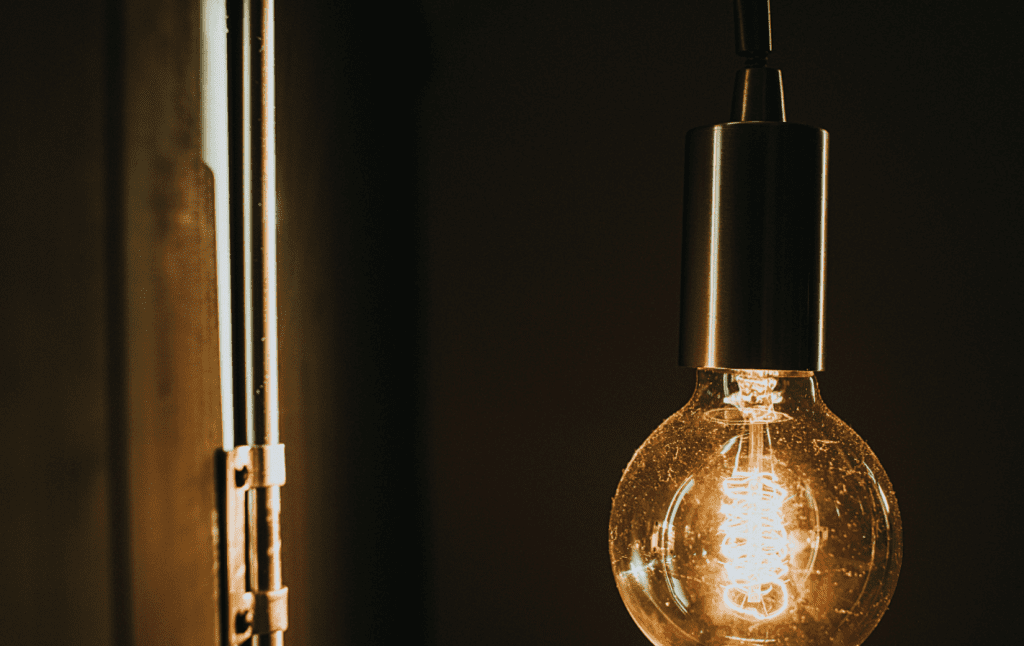
Incandescent Bulbs: Thin metal filaments glow when heated by electric current. Still widely used today.
Fluorescent Lamps: Emit gentle, eye-friendly light without infrared radiation. Their colors depend on phosphor coatings (e.g., magnesium tungstate for blue-white, cadmium borate for pink).
Vapor Lamps: Energy-efficient lights powered by ionized gases (e.g., mercury, sodium) in glass tubes.
The Sixth Illumination—LEDs
The modern era belongs to LEDs (Light-Emitting Diodes), solid-state semiconductors that convert electricity directly into light. Efficient, durable, and eco-friendly, LEDs represent humanity’s most significant lighting revolution since Edison.
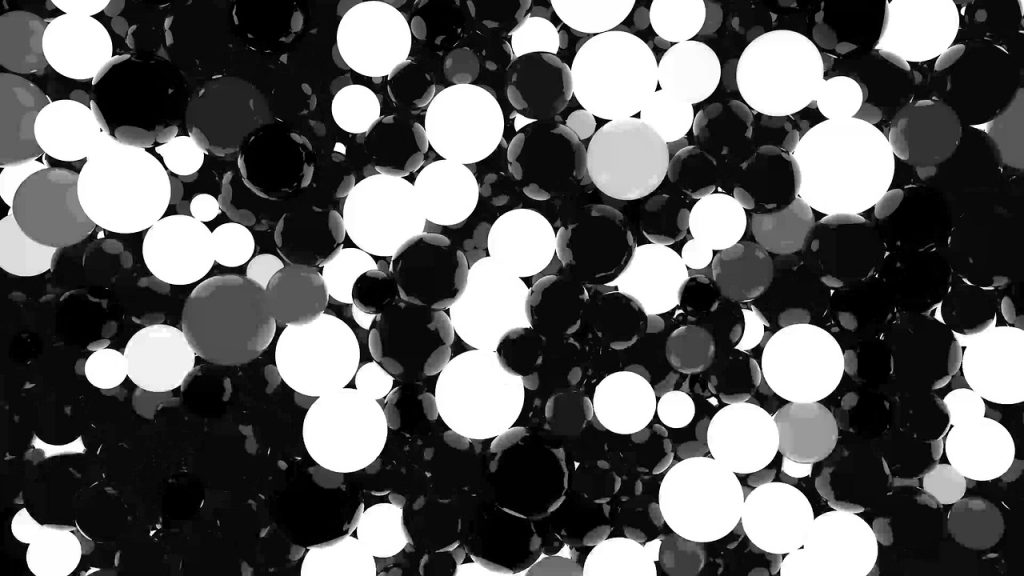
LED development began in 1907 with Henry Joseph Round’s discovery of electroluminescence in silicon carbide. Milestones include:
1969: First red LED
1976: First green LED
1993: First blue LED
1999: First white LED
By 2010, LEDs claimed 16% of the global lighting market, revolutionizing indoor illumination with near-natural light quality.
Timeline of Electric Lighting
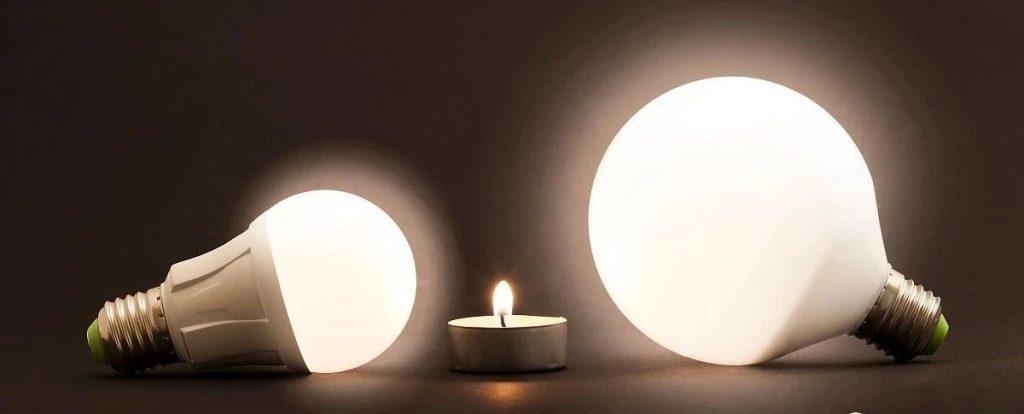
1874: First incandescent lamp
1879: Edison’s practical electric bulb
1901: Mercury-vapor lamp
1907: Tungsten filament lamp
1913: Gas-filled tungsten lamp
1932: Low-pressure sodium lamp
1937: Fluorescent lamp
1940s: PAR (Parabolic Aluminized Reflector) lamps
1955: Fiber optics & dichroic lamps
1960: Laser, quartz halogen lamp, metal halide lamp
1965: Light-emitting diode (LED)
1966: High-pressure sodium lamp
1969: HMI lamp
1994: Sulfur lamp
Conclusion
Artificial lighting transformed darkness from a foe to an ally—a monumental milestone that ended humanity’s primitive era and illuminated our path toward progress. From flickering flames to quantum-efficient LEDs, each innovation reflects our relentless pursuit of safety, efficiency, and brilliance. As we continue to innovate, light remains both a practical tool and a symbol of human ingenuity.
“Lighting tools have not only brightened our nights but also the trajectory of civilization itself.”

Completely I share your opinion. In it something is also idea excellent, agree with you.